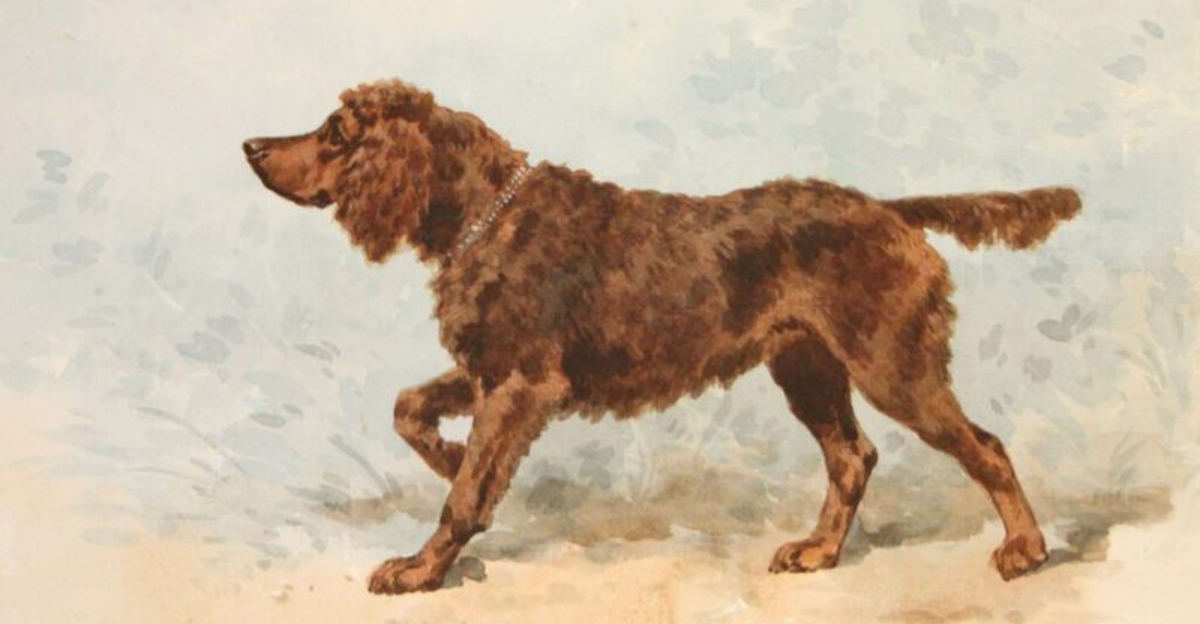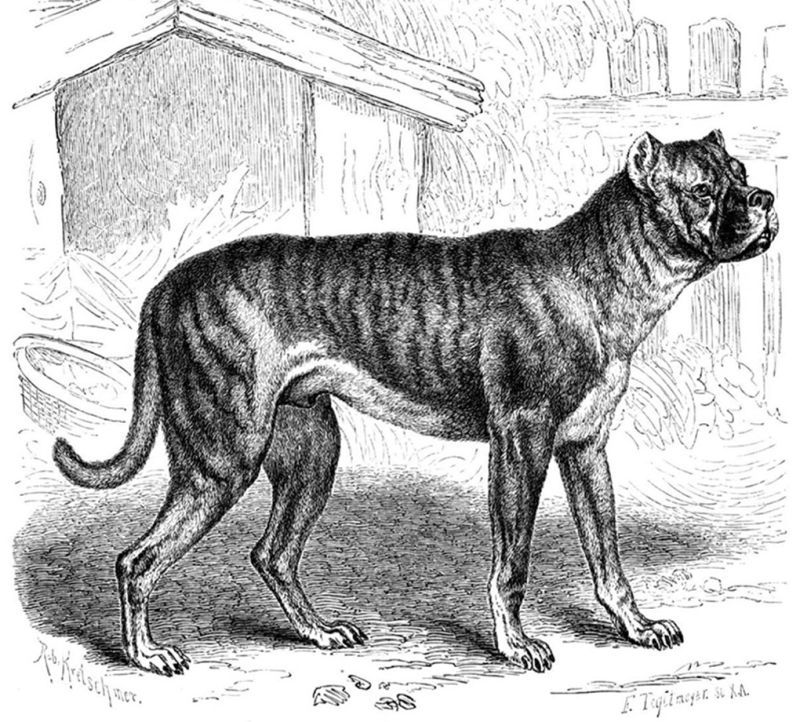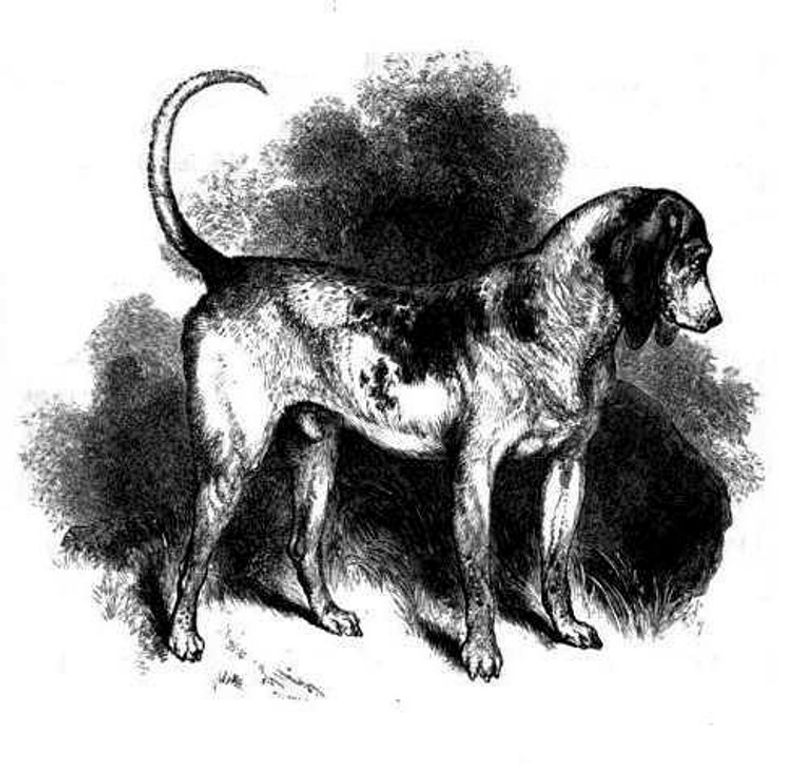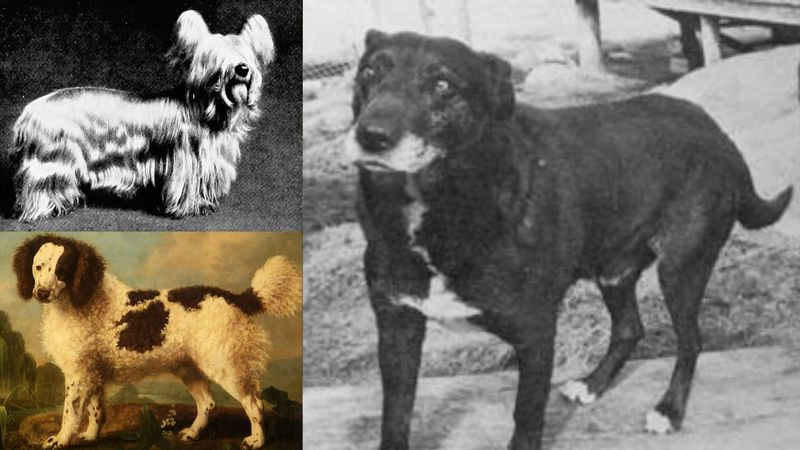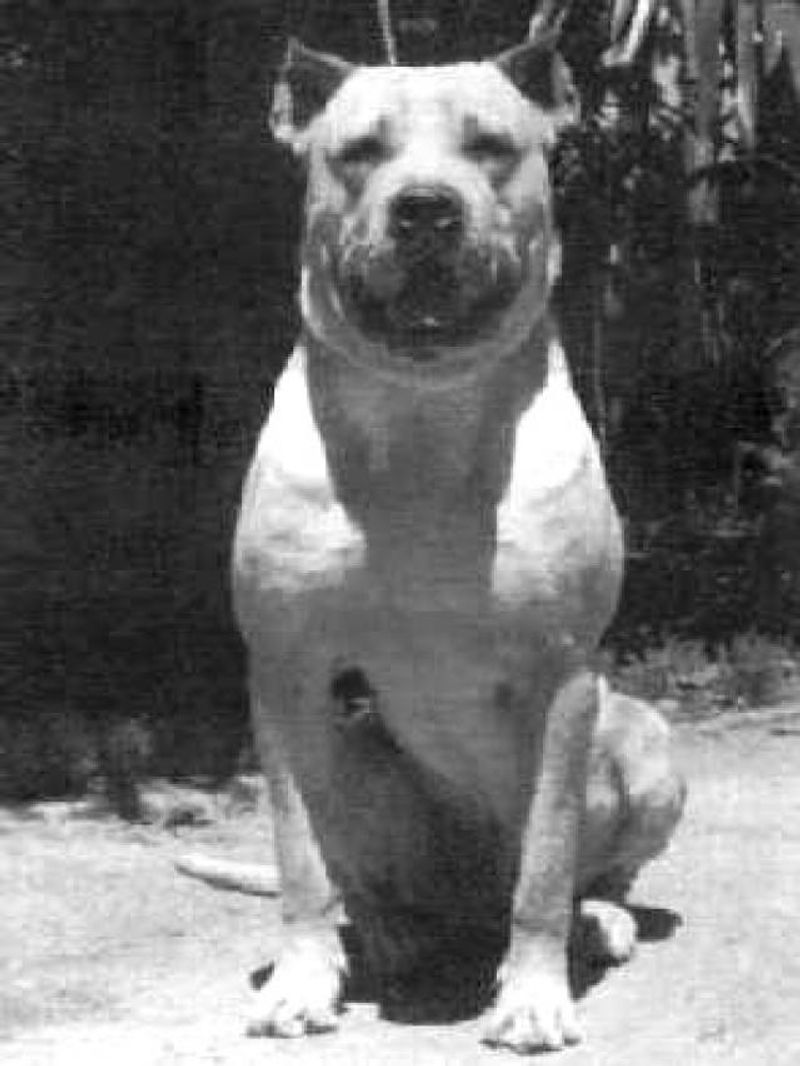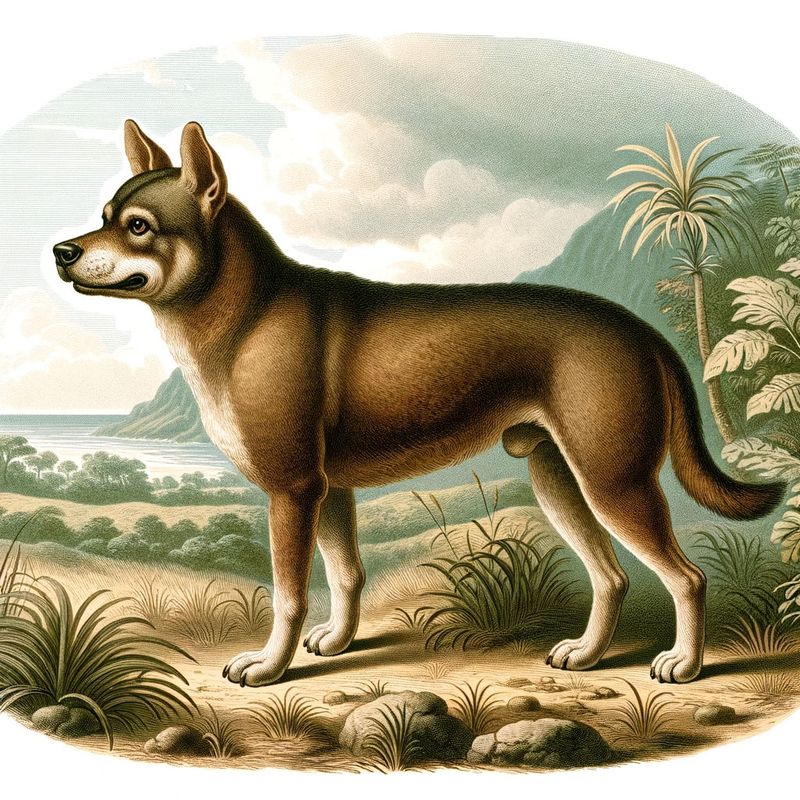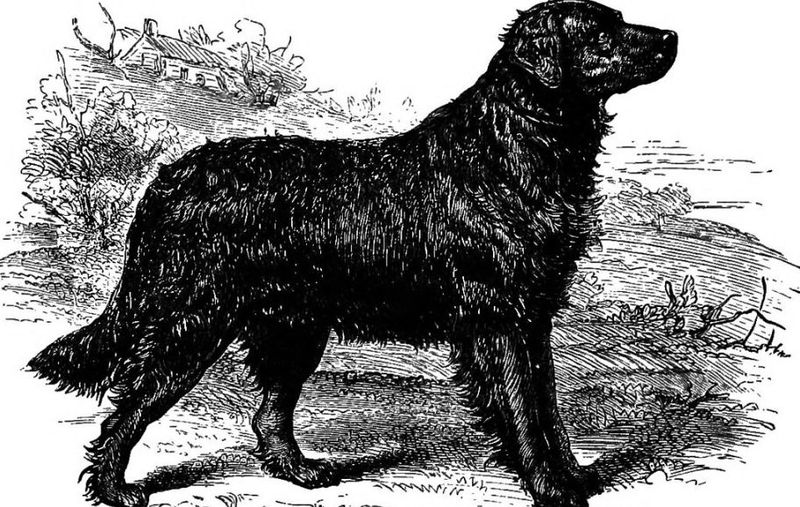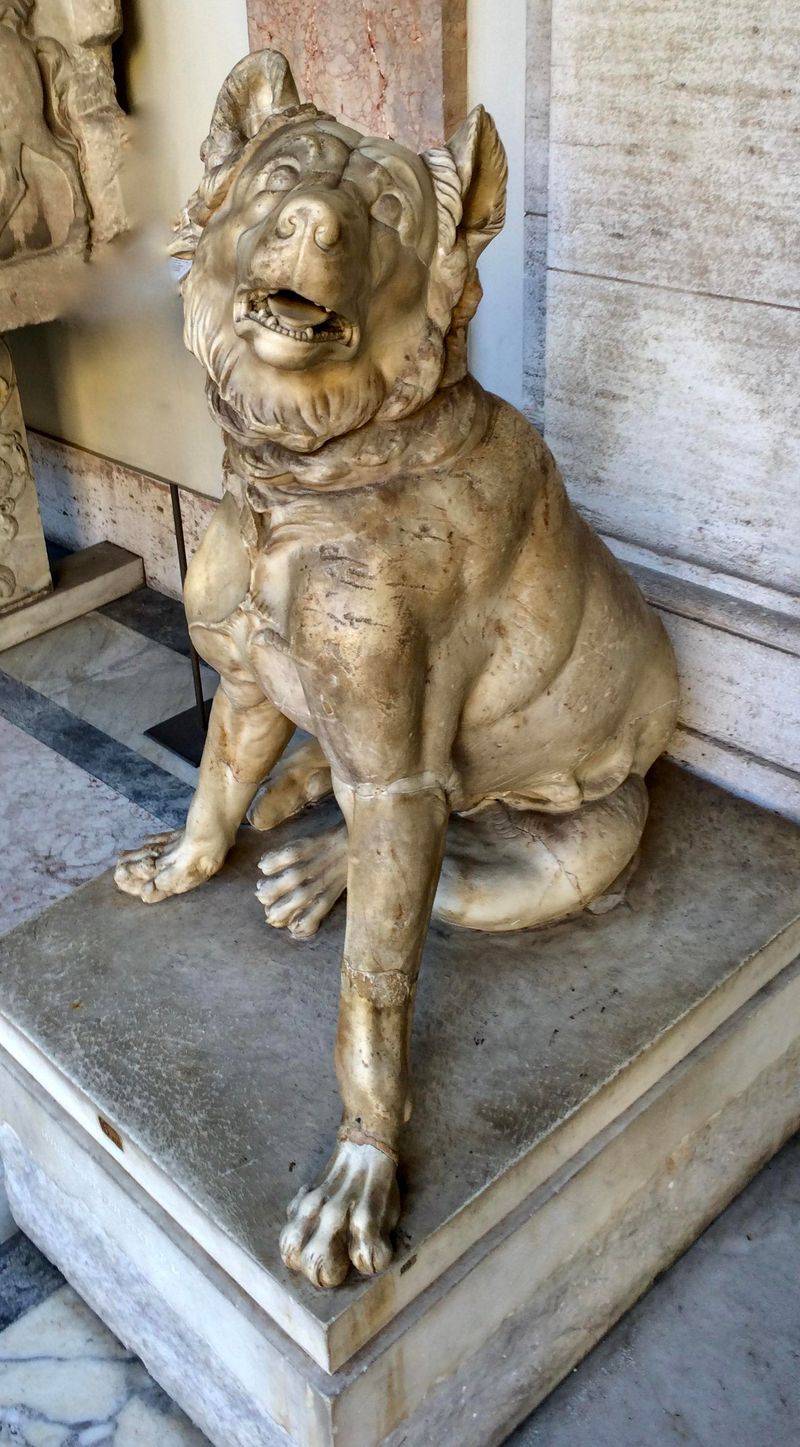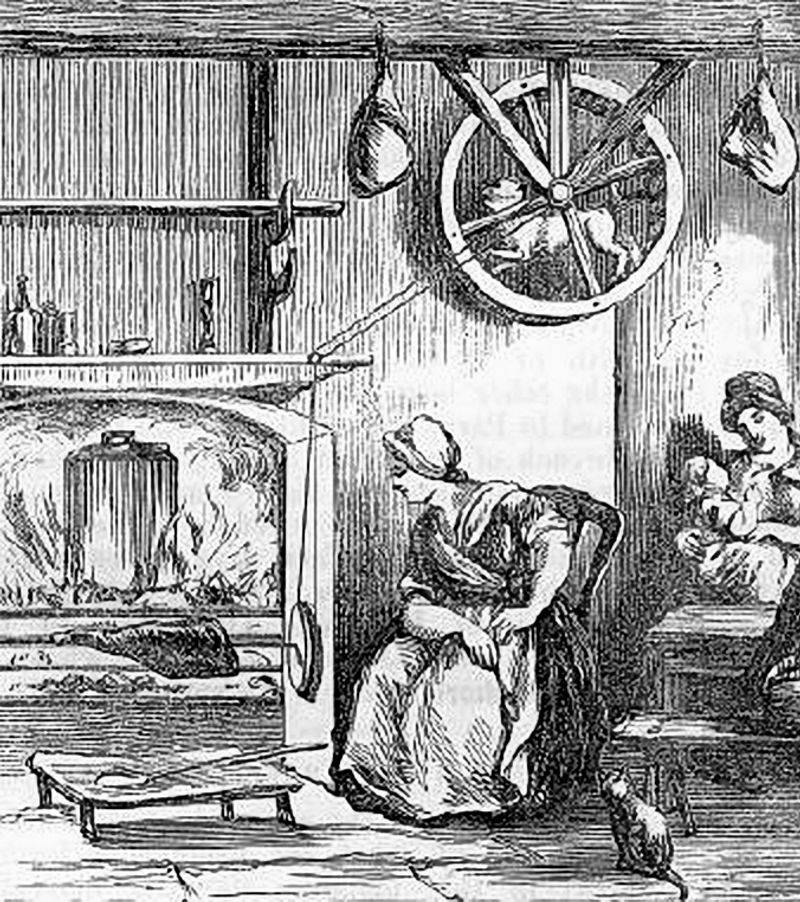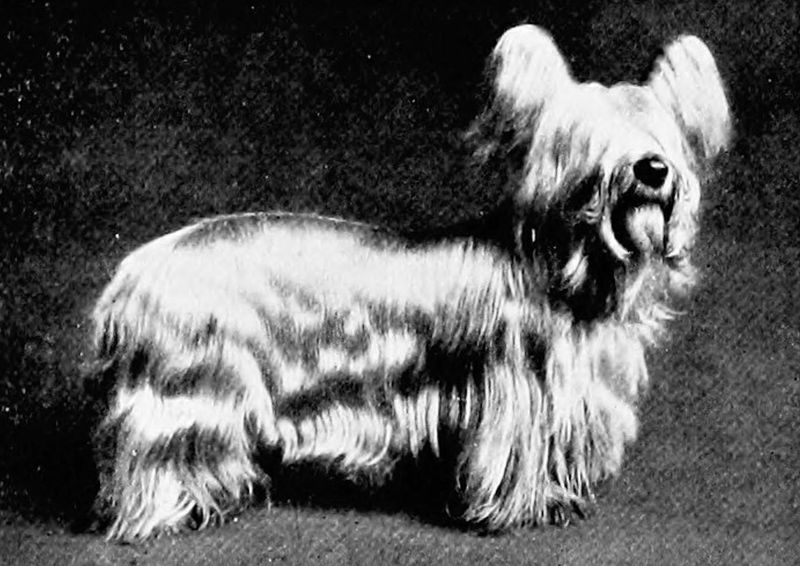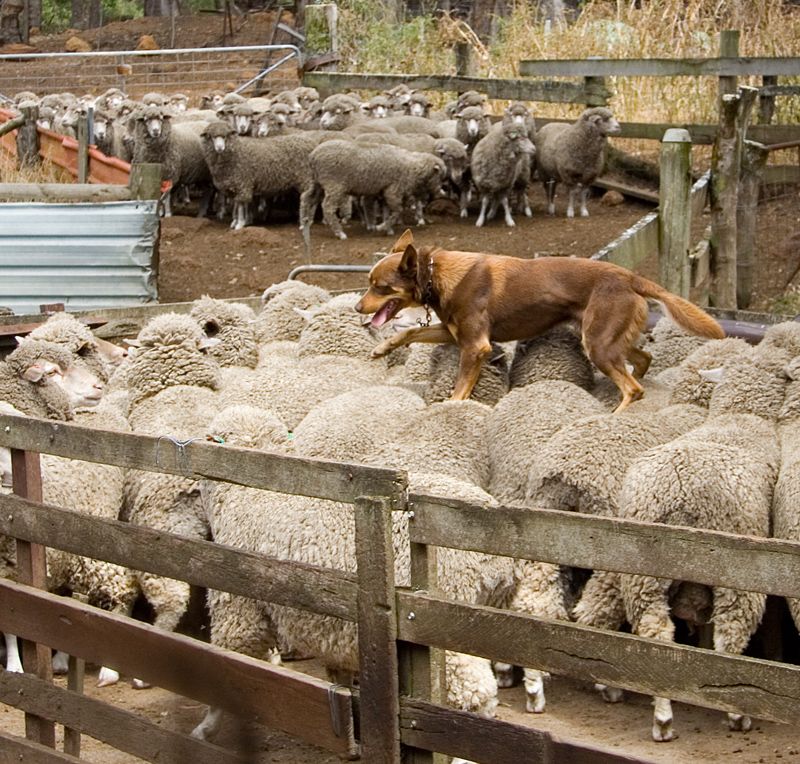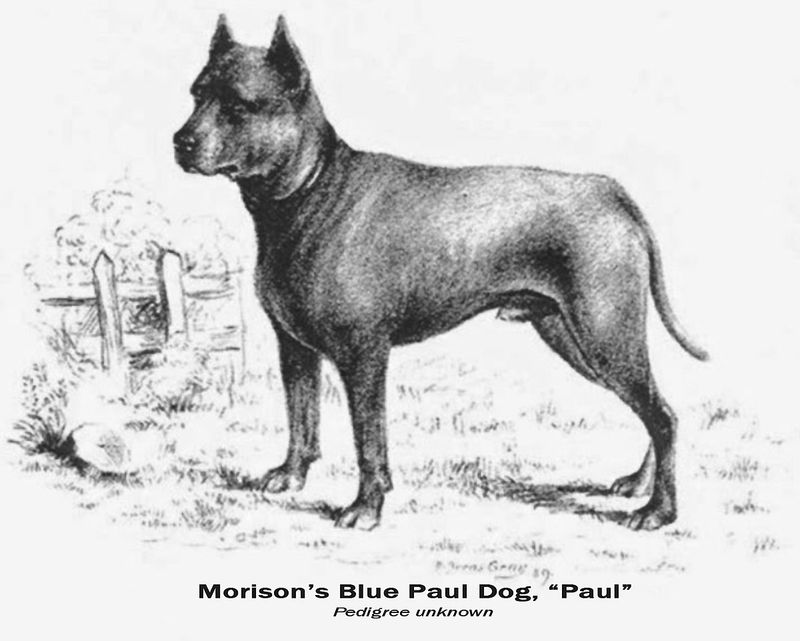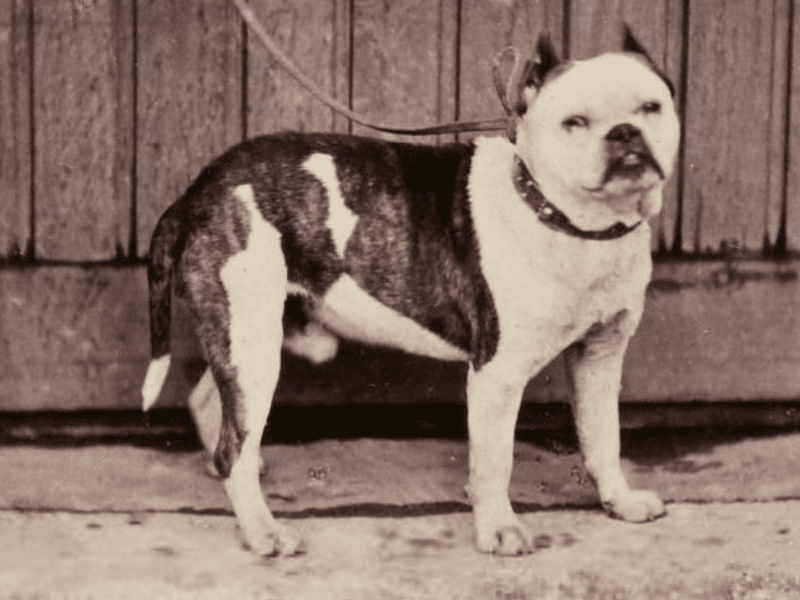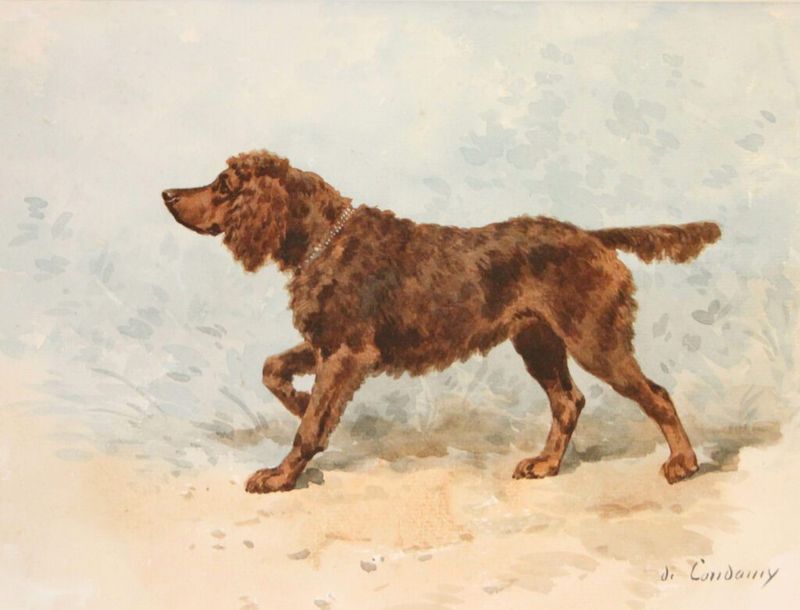Explore the intriguing world of dog breeds that once graced the planet but have now vanished. This list delves into the reasons behind their extinction and offers a glimpse into their unique characteristics and historical significance.
Alpine Mastiff
Once known for its immense size and strength, the Alpine Mastiff was a true giant among dogs. Originating in the Swiss Alps, this breed was prized for its role in guarding livestock and protecting homesteads from predators. Its imposing stature and bravery made it an invaluable asset to farmers and herders.
However, the Alpine Mastiff’s numbers dwindled due to crossbreeding with other large dogs, leading to the development of modern breeds like the Saint Bernard. Today, it lives on in the genetic legacy of its descendants, even as it itself no longer walks the earth.
Talbot Hound
With a nose for scent and a heart for the chase, the Talbot Hound was England’s pride in hunting dogs. Renowned for its tracking abilities, it played a crucial role in the hunts of nobility during medieval times. Its keen sense of smell and determination were unmatched, ensuring its place in legend.
Unfortunately, this breed was gradually phased out as other more specialized breeds took its place. Its legacy, however, continues in modern hounds, which owe much of their scenting prowess to the Talbot’s ancestral traits.
Russian Tracker
In the harsh climates of Russia, the Russian Tracker stood as a testament to endurance and loyalty. Employed by shepherds to manage flocks, this breed was notable for its thick coat and unwavering dedication. Known for its ability to cover vast distances, it was a shepherd’s best ally against the elements.
Despite its capabilities, the Russian Tracker became extinct due to evolving agricultural practices and the introduction of foreign breeds. Its memory is preserved in tales of its tireless service, symbolizing the bond between human and dog amid the Russian steppes.
Cordoba Fighting Dog
Bred for the brutal sport of dog fighting, the Cordoba Fighting Dog was a breed marked by its tenacity and fearlessness. In the streets and pits of early 20th-century Argentina, these dogs were known for their unmatched strength and courage.
However, their aggressive nature made them unsuitable as companions, and as the practice of dog fighting fell out of favor, the breed declined rapidly. Today, it is remembered as a cautionary tale of the consequences of selective breeding for aggression.
Hawaiian Poi Dog
In ancient Hawaii, the Poi Dog was more than just a pet; it was a spiritual symbol. These dogs, fed primarily a vegetarian diet, developed a unique appearance with their round bellies and short legs. Regarded as companions of the gods, they held a special place in Hawaiian culture.
As Western influences brought new animals to the islands, the Poi Dog’s numbers dwindled, eventually leading to its extinction. Today, it remains a cultural icon, remembered for its spiritual connection and distinctive look.
St. John’s Water Dog
The St. John’s Water Dog, with its love for water, was an avid fisherman’s companion in Newfoundland. Known for its retrieving skills, this breed was instrumental in pulling nets and catching fish that escaped.
Over time, the breed intermingled with others, leading to its decline. However, it left a significant legacy as the progenitor of beloved breeds like the Labrador Retriever. Its story is one of transformation and adaptation, reflected in the modern dogs it helped shape.
Molossus
From the pages of antiquity comes the Molossus, a breed synonymous with strength and valor. Revered in ancient Rome and Greece, these dogs were often used in warfare and as guardians.
Their legacy is etched in the annals of history as ancestors to many modern mastiffs and guard dogs. Despite their extinction, the Molossus remains a symbol of ancient civilization’s reliance on canine might. Its echoes are seen in today’s protective breeds that trace their lineage back to this legendary dog.
Turnspit Dog
In the bustling kitchens of 18th-century England, the Turnspit Dog was a cook’s trusted helper. Bred specifically to run in a wheel, this small dog turned spits, cooking meat evenly over open flames. Its industrious nature made it invaluable in an era before modern kitchen appliances.
As technology advanced, the need for such a breed vanished, leading to its extinction. The Turnspit Dog stands as an example of how dogs were once integral to daily human tasks, their roles now relegated to history books.
Paisley Terrier
The Paisley Terrier, with its luxurious coat and dainty demeanor, was the pride of Victorian Scotland. Originally bred as a show dog, its beauty was unmatched, serving as a precursor to the modern Yorkshire Terrier.
Despite its appeal, the breed eventually fell out of fashion, overshadowed by its own descendants that better suited the changing aesthetics of dog enthusiasts. The Paisley Terrier’s legacy lives on in the elegance of its successors, remembered for its contribution to canine beauty standards.
Cumberland Sheepdog
Known for its remarkable herding capabilities, the Cumberland Sheepdog was a valued worker in the pastoral landscapes of England. With an intelligent gaze and a tireless work ethic, it excelled at managing flocks and adapting to the rugged terrain.
The introduction of Border Collies and other efficient herding breeds led to its decline. Today, it is celebrated for its dedication and intelligence, qualities that live on in the breeds that succeeded it.
Blue Paul Terrier
The Blue Paul Terrier, with its distinct blue coat, was a celebrated fighter in Scottish ports. Known for its fearless nature and strong build, it was often seen accompanying sailors, sharing in their adventures.
As dog fighting declined and new breeds emerged, the Blue Paul Terrier’s prominence faded. Yet, its memory persists as a part of Scotland’s nautical history, embodying the spirit of resilience and strength.
Old English Bulldog
The Old English Bulldog, with its fierce determination, was bred for the grisly sport of bull-baiting. Its muscular frame and tenacity made it a formidable opponent in these brutal spectacles.
When bull-baiting was outlawed in the 19th century, the breed’s purpose diminished, leading to its eventual extinction. The Old English Bulldog’s legacy continues in modern bulldog breeds, which have been tempered into gentle companions while retaining their iconic features.
Tweed Water Spaniel
The Tweed Water Spaniel was a water-loving retriever from the banks of the River Tweed. Its curly coat and enthusiastic nature made it a favorite among hunters in Scotland. Known for its ability to retrieve from icy waters, it was both a loyal companion and a versatile worker.
The rise of other retriever breeds led to its decline. However, it holds a special place in history as an ancestor of the Golden Retriever, contributing its traits to one of the world’s most beloved breeds today.
